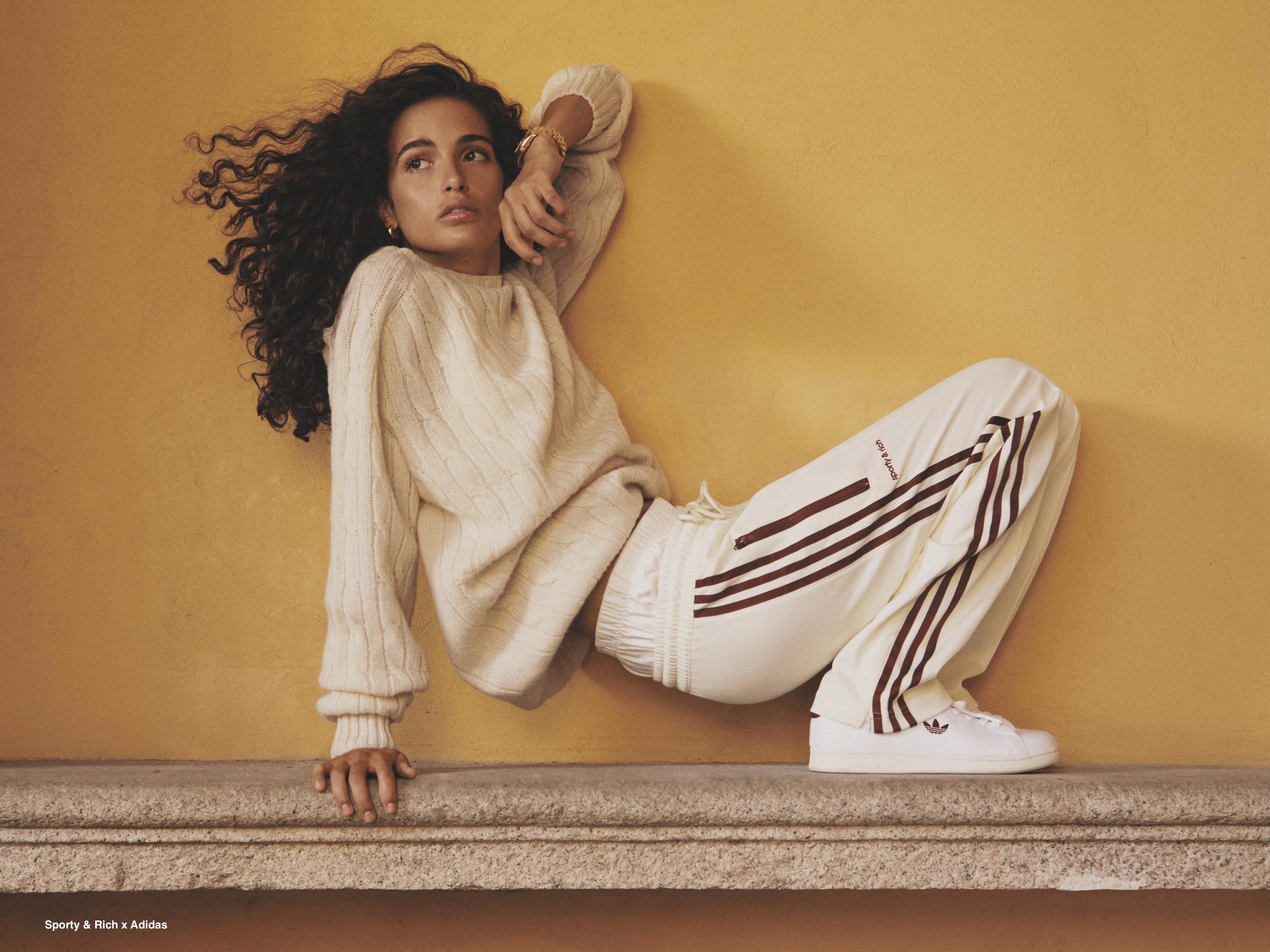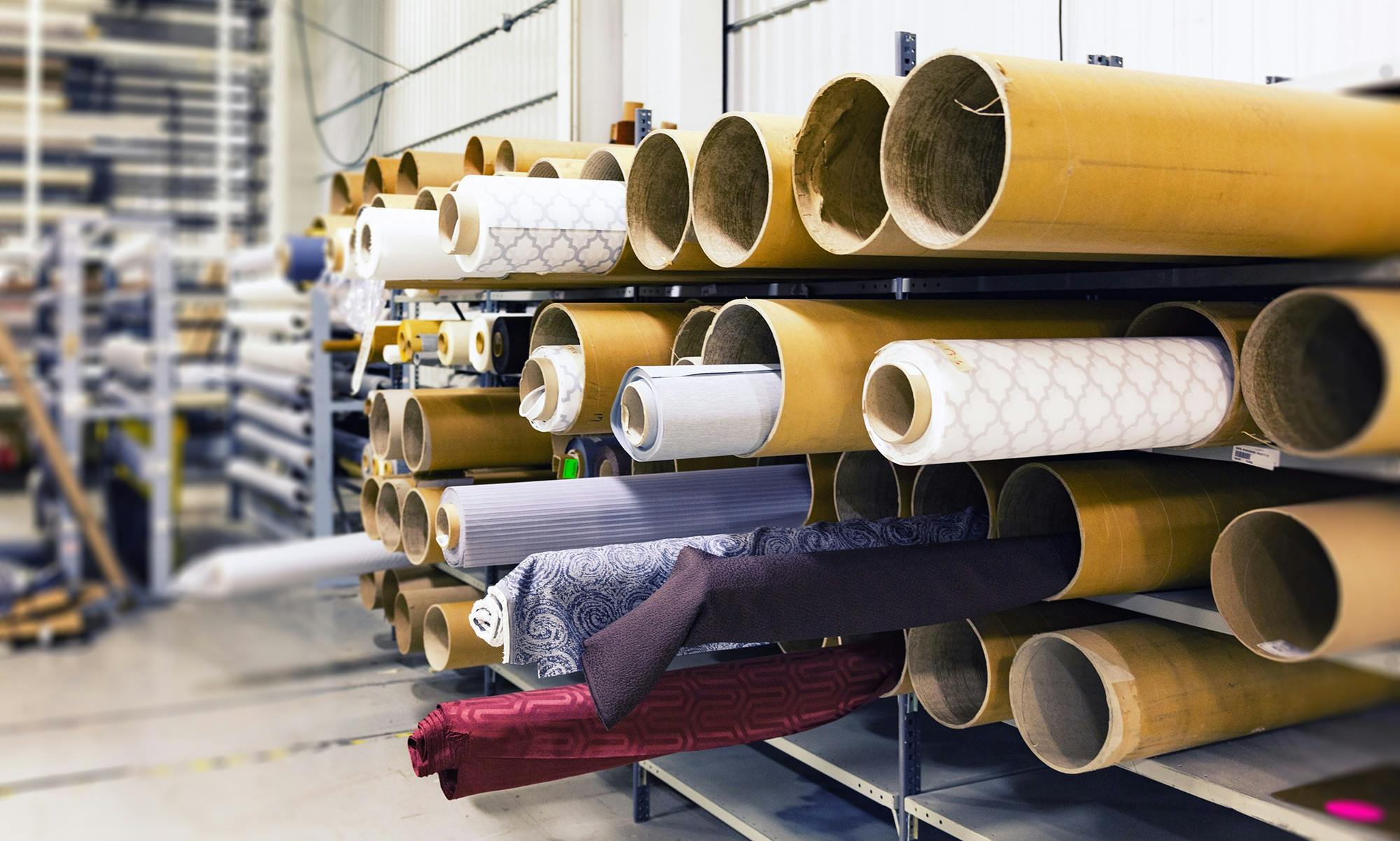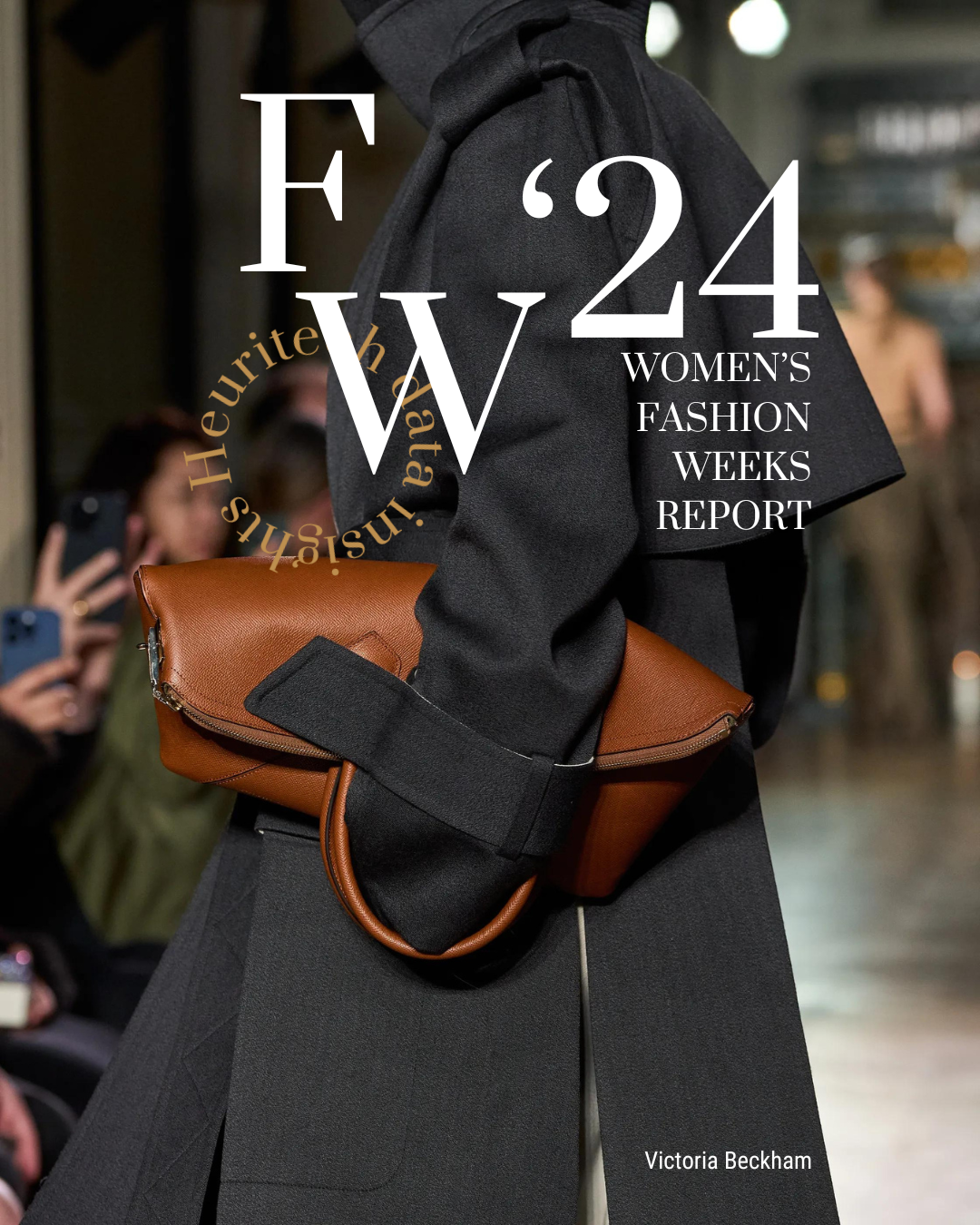The now viral term “Quiet Luxury” has been taken up by storm on social media. Countless media and fashion aficionados have covered the topic, willing to share their take on the “why” of this resurgence.
Many credit award-winning series Succession, others Gwyneth Paltrow’s fleeting courtroom style, and more recently, TikTok has coined Sofia Richie’s wedding and honeymoon style as quintessential “quiet luxury”.
There is enough said about what the trend means and its origins; however, what is piquing people’s interest is its effect in other styles, often significantly opposite antonymous of this silent expression of wealth.
Is there a space for a more extravagant and flashy luxury in this muted fashion state? And more importantly, does this means “logomania” is officially dead?
The Resurgence of Elegance in Streetwear
To avoid sounding redundant, let’s refer to this, as Heuritech’s experts coined it: a “resurgence of elegance”. This trend is characterised by a more understated elegance, eschewing the flashy logos and branding of the past.
But before cashmere sweaters and neutral tones took over, there was another trend taking centre fold for luxury brands’ profits: streetwear.
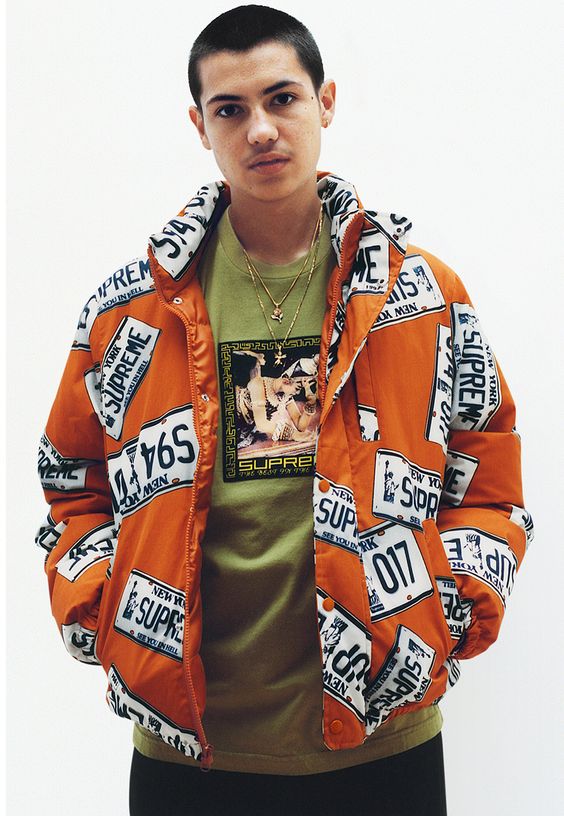
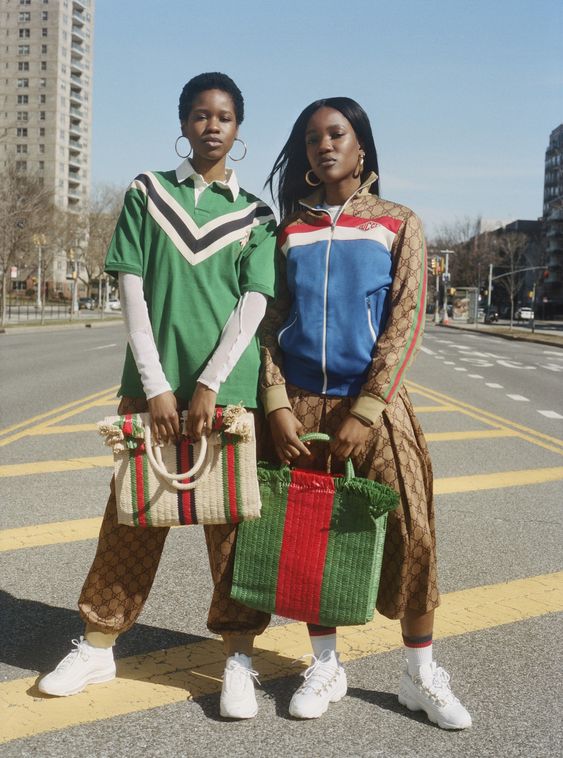
Originating in the U.S., over the past 40 years, streetwear moved from a subcultural movement to a multi-billion-dollar sensation. It is known for its casual clothes: loose jeans, oversized t-shirts, hoodies and sneakers, more often than not sporting logos and bright colours.
This level of authenticity was unmatched at the time in the fashion industry. The movement was started by young groups seeking to free themselves from social conventions and break the rules of blending in, traditionally imposed by established luxury players.
However, their efforts took over luxury when young designers like Kerby Jean-Raymond of Pier Moss and Raul Lopez of Hood by Air brought this fresh casualness to a more luxurious sphere.
Right: Hood by Air
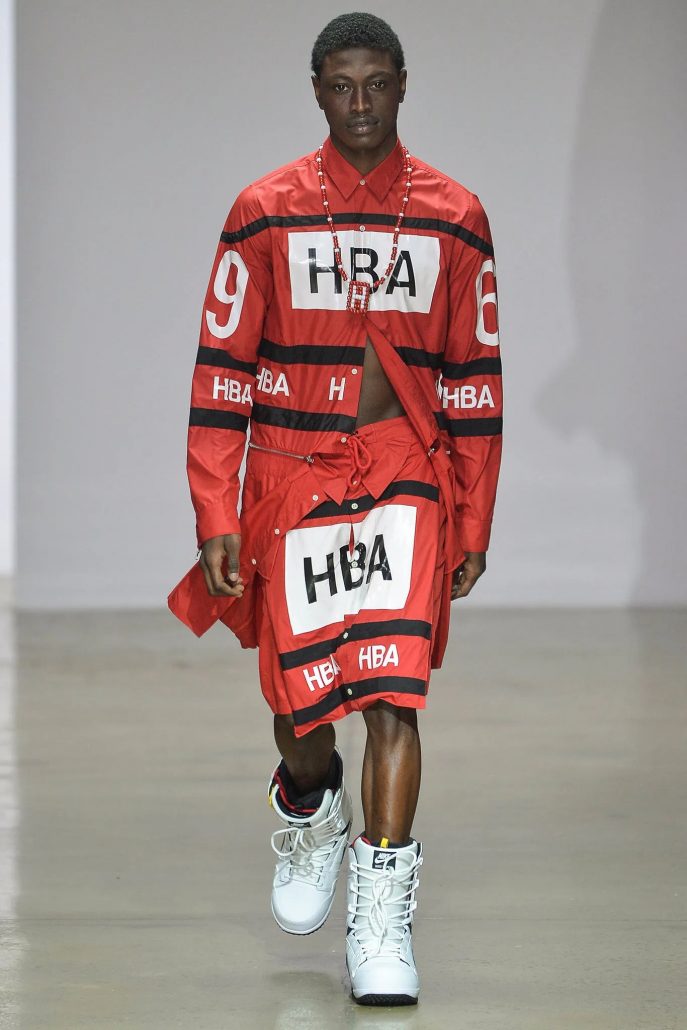
And then it began, the unconventional but now iconic relationship between “streetwear” and its traditionally rigid counterpart, “luxury”.
Heuritech’s fashion experts coined this marriage to the potential luxury players who had to dust off century-old fashion houses and attract the attention of newcomers defining a whole new style.
Appointing key streetwear icons with designing best-selling collections, such as Virgil Abloh at Louis Vuitton and Demna Gvasalia at Balenciaga, who completely infused streetwear into their already ingrained house’s style.
And in the same vein, as there is a space for streetwear in luxury, there is room for this subdued style in streetwear.
Sophisticated Streetwear
Even if Heuritech’s fashion experts recalled how in its origins, streetwear positioned itself as “the antidote to sophisticated”, it now has a real opportunity to appease new consumers by taking nodes of the resurgence of elegance and merging them into their traditional codes.
In order for streetwear brands to remain true to their brand’s ethos, the optimal strategy to succeed would be adopting a hybrid of the two.
For example, one successful example is Clothsurgeon.
Streetwear designer Rav Matharau found his space in the luxury sector by founding the first bespoke streetwear brand on the very prestigious Savile Row. And now counts iconic rappers like Nas and Kendrick Lamar and celebrities like Kevin Hart as loyal clients.
Right: Clothsurgeon
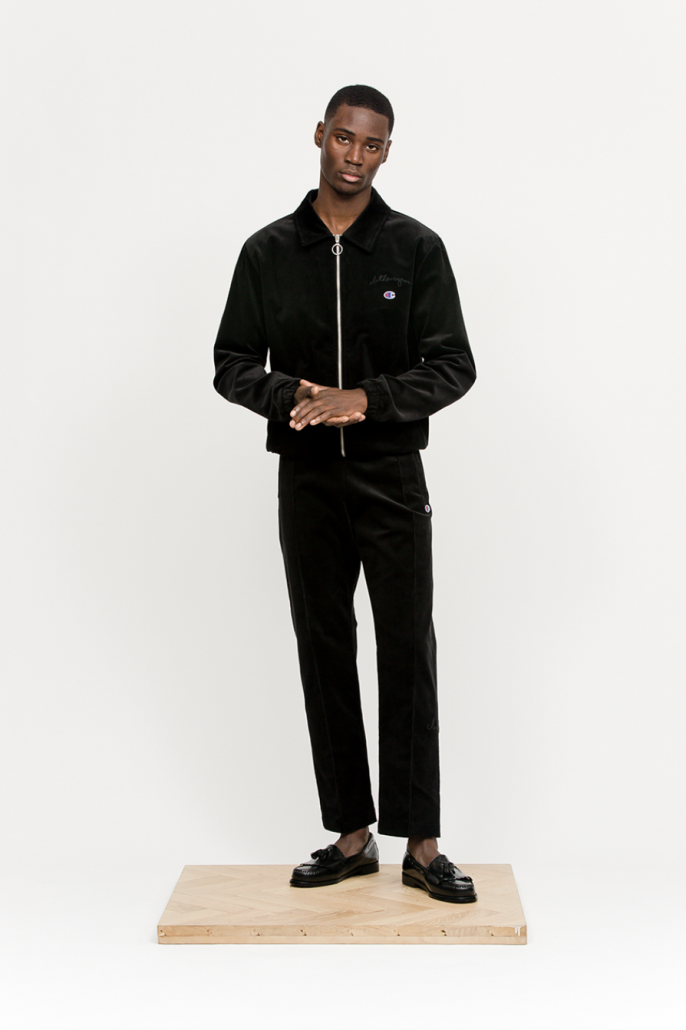
Another brand to successfully tackle a more tailored fashion while remaining true to its roots is Off-White. With each season passing, the brand incorporates more and more tailoring elements, finding a balance between the nodes of elegance with casual undertones.
Informal Tailoring in Luxury
On the other hand, traditionally tailored brands are diluting past rigid codes of elegance into a more smart casual look.
As seen in the graph below, the evolution of what tailoring means for staple brand Zegna has shifted into more relaxed, colourful and playful silhouettes. Its softer “luxury leisurewear” offer proposes more knit and jersey pieces to prove its contemporality.
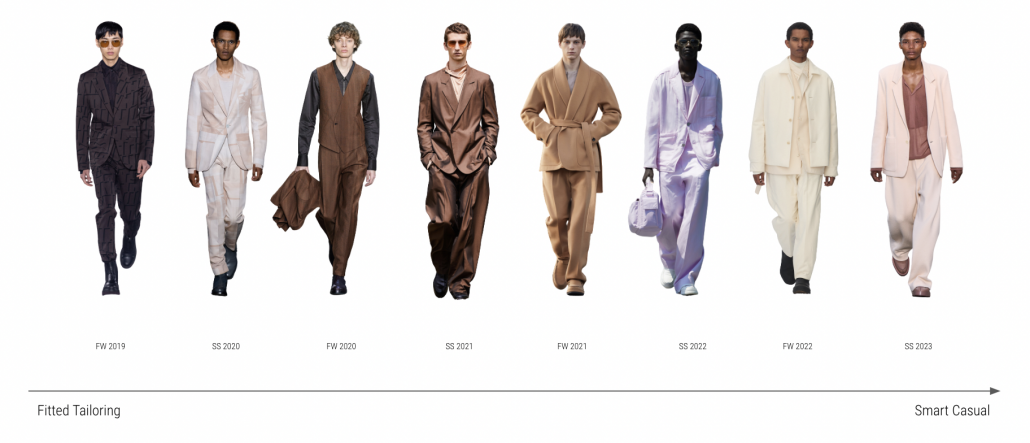
These examples prove the marriage of these two opposite styles goes both ways, as they are both able to play with each other in order to cater to shifting consumer trends.
Heuritech’s data insights confirm the shift towards the resurgence of elegance in consumer behaviour spotted on social media. If streetwear brands seek to tap into this new wave, several trends can easily be played around and adapted to more casual styles.
For instance, Satin grew 2% for menswear in 2023 compared to the previous year. As a trend not particularly present in casual attire, it would be interesting to incorporate it into staples such as tracksuits or bomber jackets with a more structured cut, providing the perfect balance between the sophistication of the quiet luxury trend and the “off-the-norm” ease nature of streetwear.
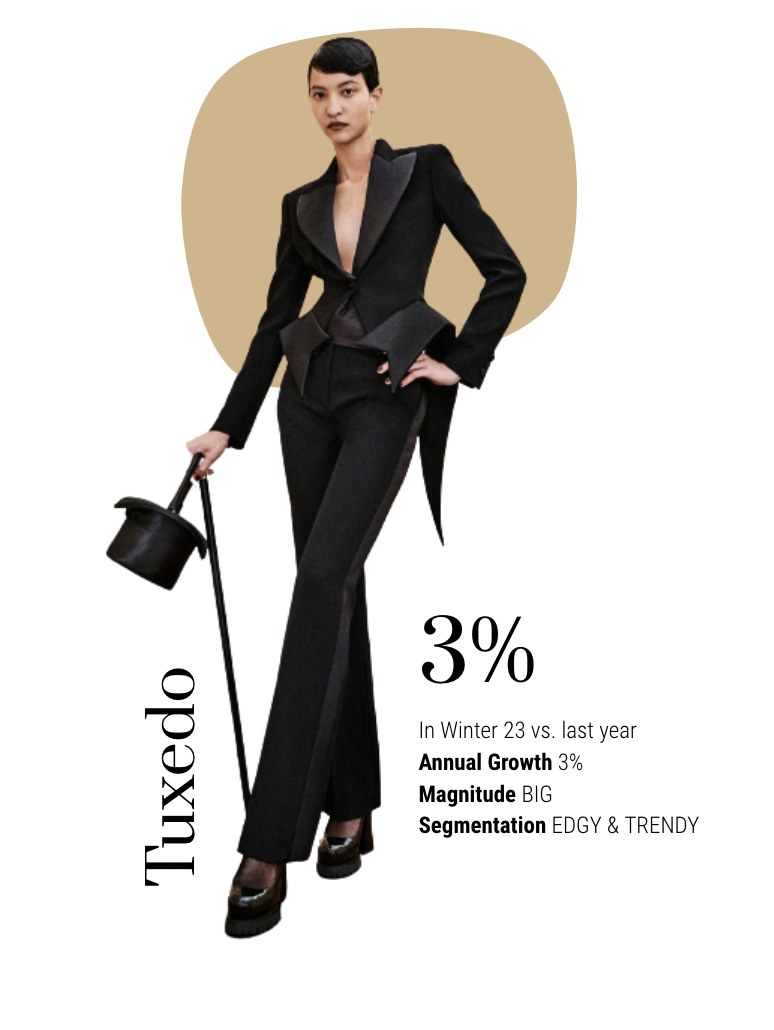
Perhaps a more challenging but promising, due to its originality, would be tuxedo jackets. For the FW 23 Fashion Week report by Heuritech’s fashion experts, the data pointed out tuxedos growing a 3% in womenswear compared to last year.
Left: Data from Heuritech’s market insights platform
And as quiet luxury is all about the classics, a smart take would be to reinvent this classic into a more relaxed and “smart casual” fit.

As proven by the symbiosis of streetwear and luxury, brands always have room for evolution, even if their ethos is attached to a particular style. Consumer behaviour shifts rapidly and constantly. Thus, brands must do the same to remain relevant and profitable.
The answer relies on predictive data insights. Heuritech’s forecast demand platform anticipates these shifts allowing brands to be reactive to the changes.
Right: Data from Heuritech’s market insights platform
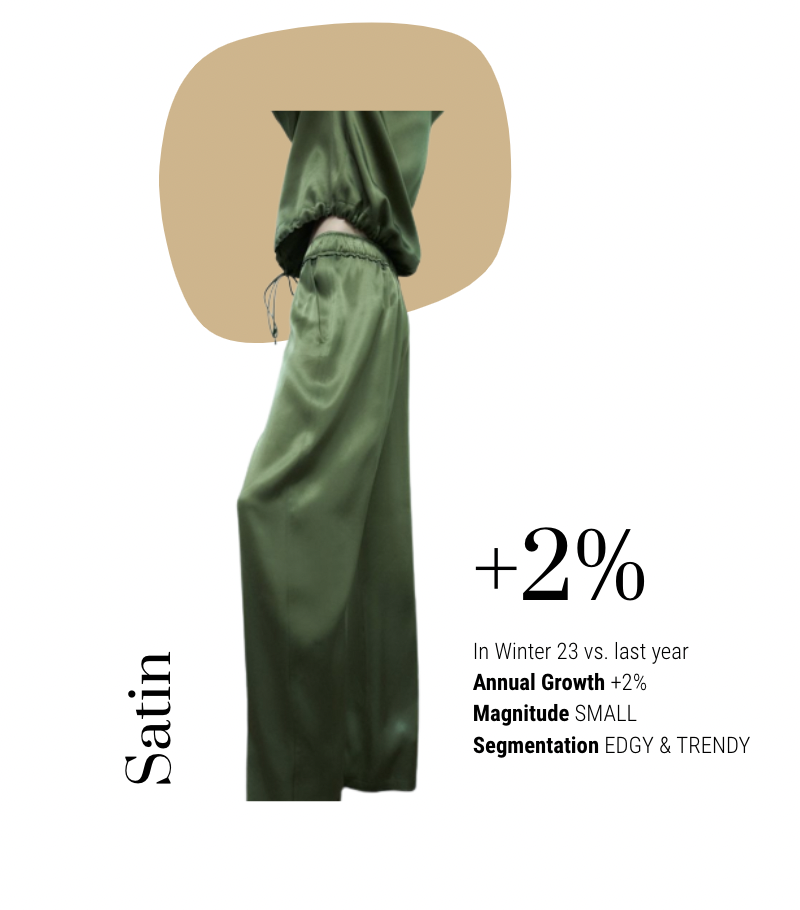
Trends come and go and then come back again. However, a data-driven approach clarifies the right path for a brand’s evolution and how to make the most out of new waves entering the market.
